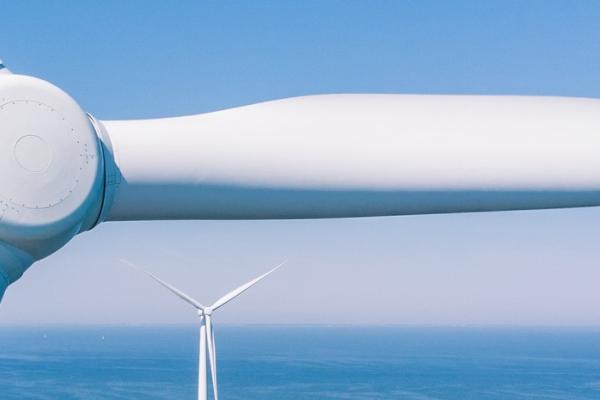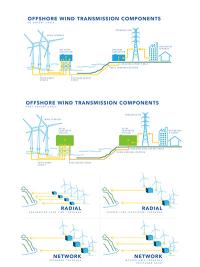
On August 22, 2024, BOEM published a Call for Information and Nominations for a second offshore wind sale in the Central Atlantic. The Call initiated a 60-day public comment period that ended on October 21, 2024. To review public comments submitted in response to the Call, please navigate to http://www.regulations.gov and search for Docket No. BOEM-2024-0040. During the 60-day public comment period, BOEM hosted an Central Atlantic Intergovernmental Renewable Energy Task Force meeting and additional public meetings.
All information available at the public meetings held during the public comment period is available here for the public’s review.
Task Force Meeting:
Virtual Zoom Meeting
September 10 and 11, 2024 (9AM - 1PM, both days)
Meeting recording and materials
In Person Meetings:
Morehead City, North Carolina
September 17, 2024 - 5 to 7:30 p.m. ET
Crystal Coast Civic Center
203 College Cir
Morehead City, NC 28557
Virginia Beach, Virginia
September 18, 2024 - 5 to 7:30 p.m. ET
Tidewater Community College
Virginia Beach Campus – Student Center
1700 College Crescent
Virginia Beach, VA 23453
Ocean City, Maryland
September 24, 2024 - 5 to 7:30 p.m. ET
Roland E. Powell Convention Center – Hall A
4001 Coastal Hwy
Ocean City, MD 21842
Rehoboth Beach, Delaware
September 25, 2024 - 5 to 7:30 p.m. ET
Fairfield Inn and Suites Rehoboth Beach
19113 Coastal Highway
Rehoboth Beach, DE 19971
Atlantic City, New Jersey
September 26, 2024 - 5 to 7:30 p.m. ET
Stockton University, Atlantic City Campus – Fannie Lou Hamer Event Room
3711 Atlantic Ave
Atlantic City, NJ 08401
Virtual Public Meeting
October 2, 2024
6 p.m. to 9 p.m. ET
Meeting recording
BOEM Planning Process
Cultural Resources
Fisheries
Marine Transport
Protected Species
Recursos en Español
Spatial Modeling
Technology and Economics
Transmission
Visual Resources
Where are the areas in the Central Atlantic 2 Call?
The Call Area is more than 13 million acres located off the coasts of New Jersey, Delaware, Maryland, Virginia, and North Carolina. BOEM removed only a limited number of areas from the Call Area, including existing BOEM lease areas, Traffic Separation Schemes (TSS), fairways, or other internationally recognized navigation measures. The Central Atlantic 2 Call Area is broad to provide flexibility to minimize conflicts with other uses, such as commercial fisheries, military activities, and vessel traffic.
What comes after the Call?
This early step in the Central Atlantic 2 process allows BOEM to obtain information from and engage with ocean users and stakeholders as the bureau seeks to identify areas of least conflict for offshore leasing and wind energy development. This information will be used to narrow the area to be considered for offshore wind development leasing as BOEM seeks to identify draft wind energy areas.
BOEM will collaborate with National Oceanic and Atmospheric Administration’s National Centers for Coastal Ocean Science (NCCOS) to conduct a spatial analysis of the Call Area, building upon the ecosystem-wide suitability model developed to inform the first Central Atlantic lease sale. BOEM anticipates information from this comprehensive model will help identify where conflicts may exist and inform decisions regarding potential Wind Energy Areas (WEAs).
Is BOEM considering feedback provided through the most recent round of Central Atlantic planning?
BOEM intends to further consider feedback previously provided through public comments, government and Tribal consultations, and the Task Force. BOEM has developed a series of maps that convey an aggregation of this previous feedback that is under further consideration for Central Atlantic 2, as well as a marine spatial data inventory. Within the Call, BOEM has included a series of questions to gauge further public input on these known concerns.

























